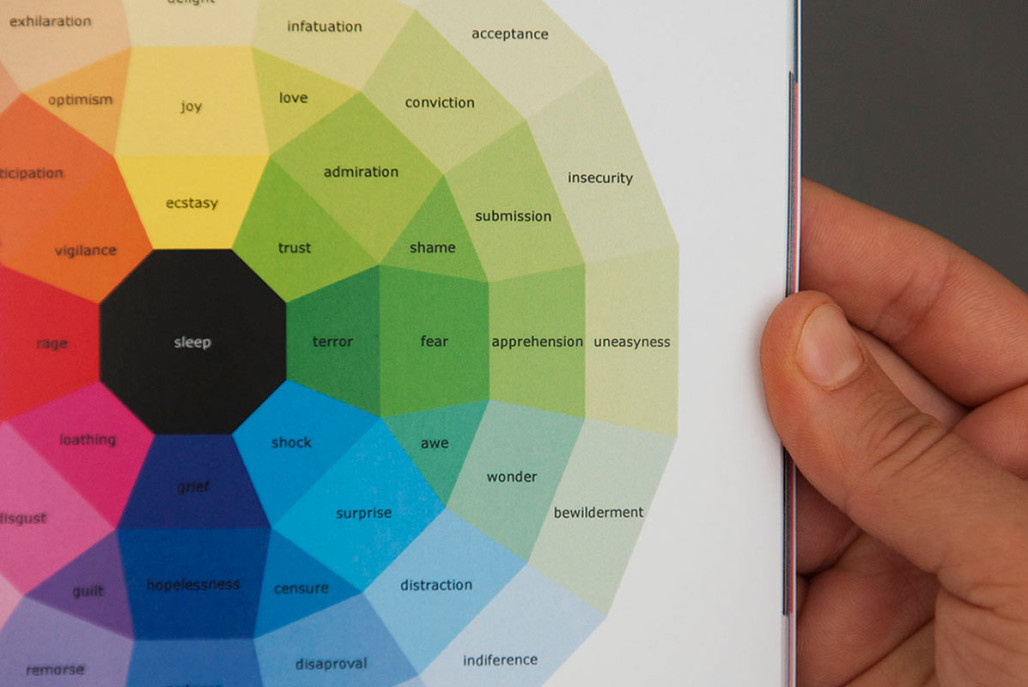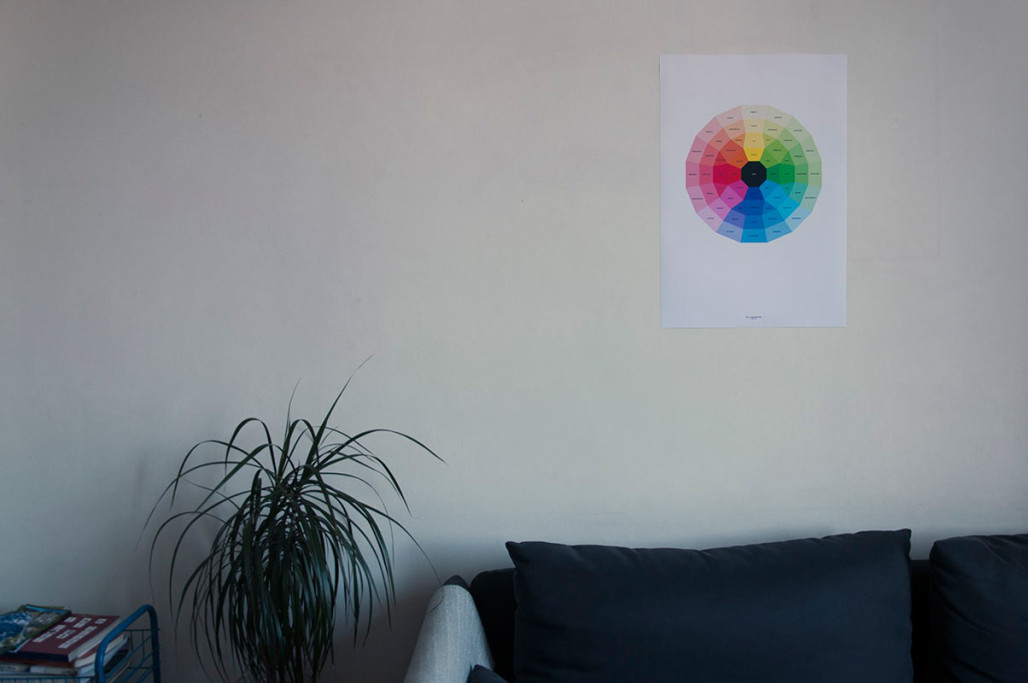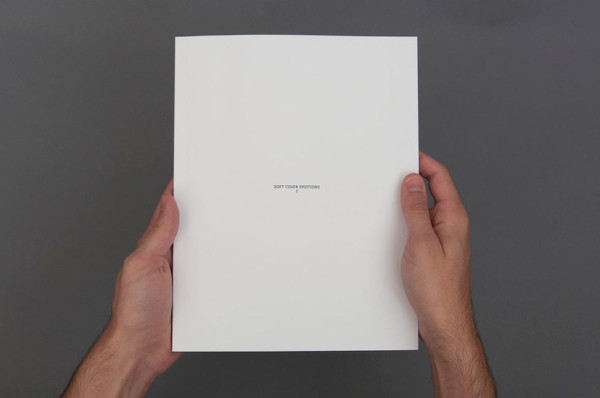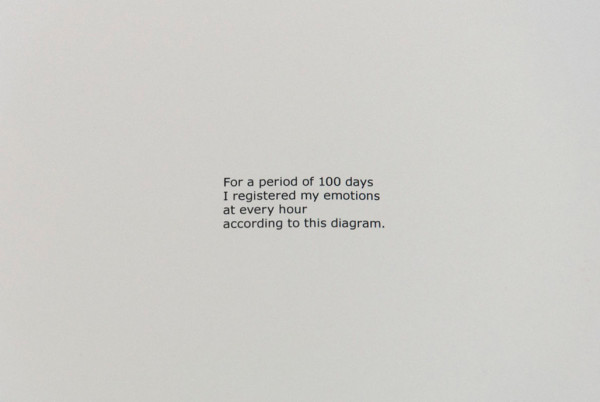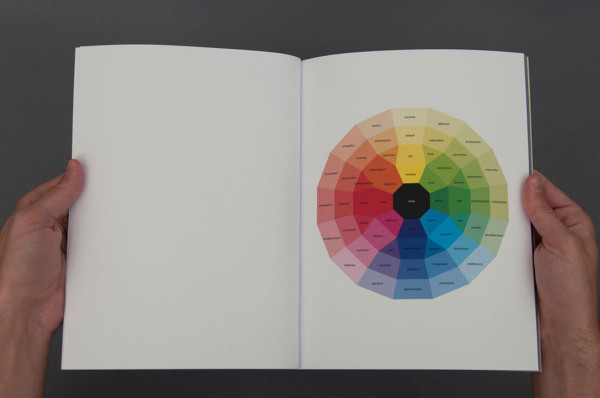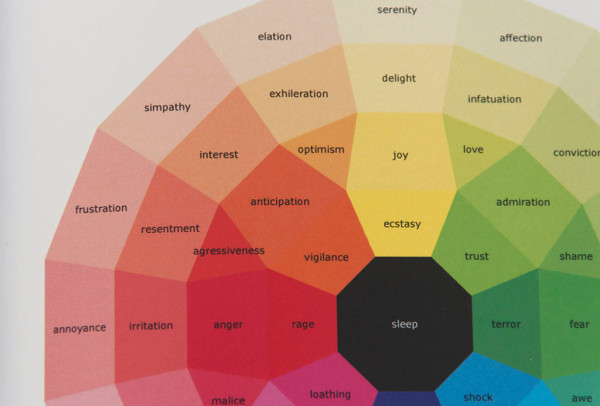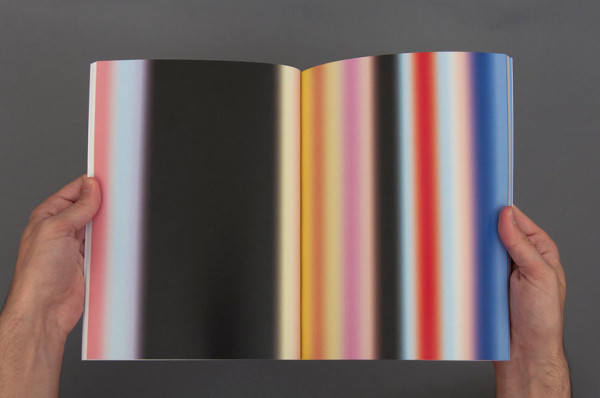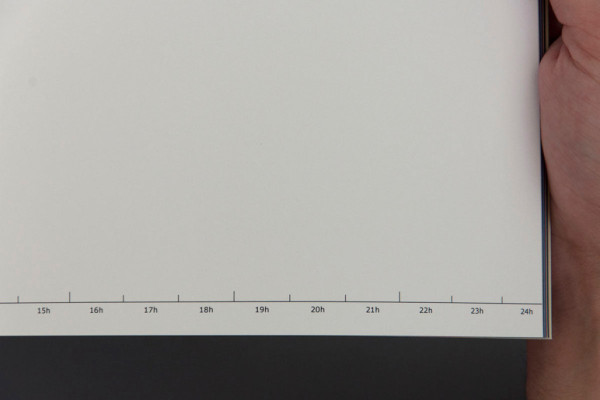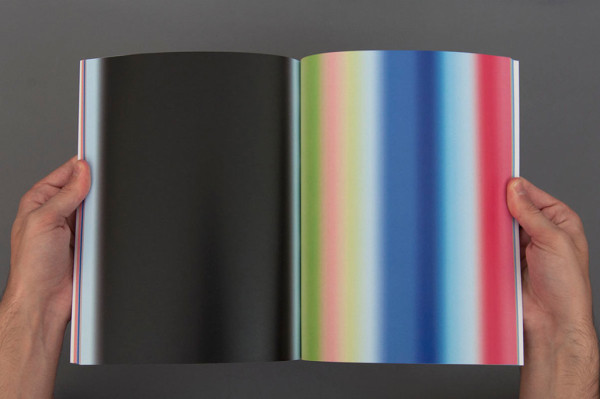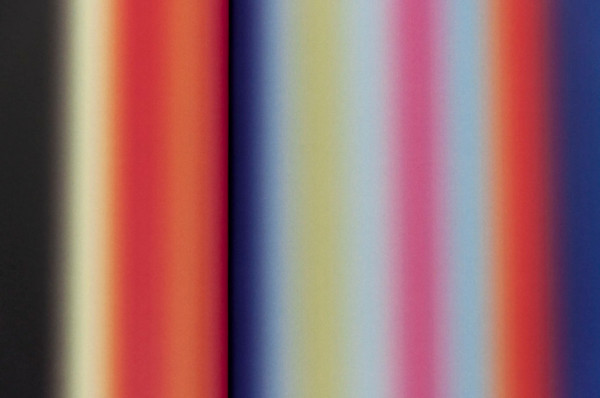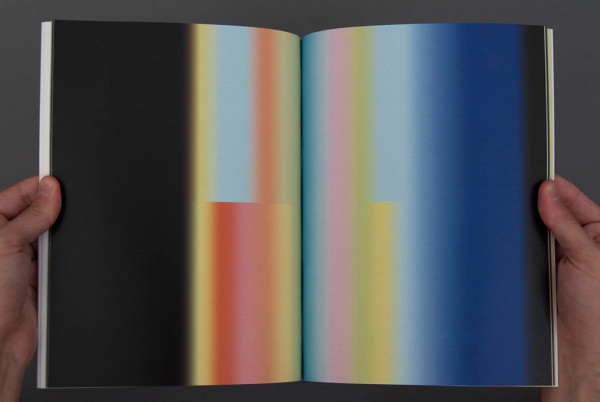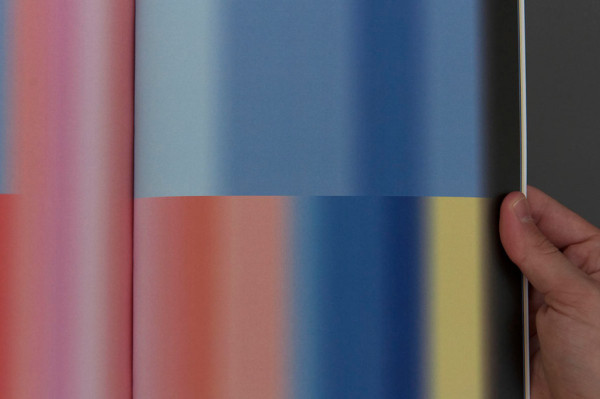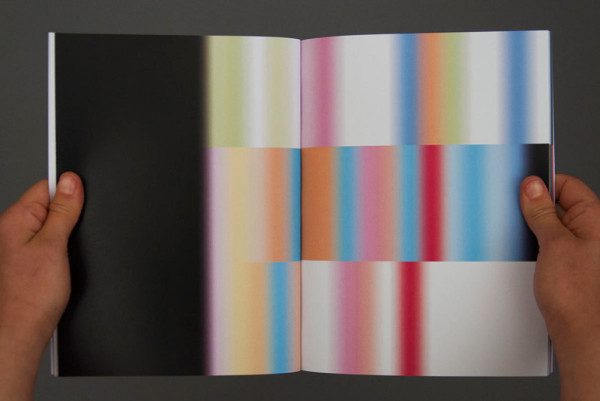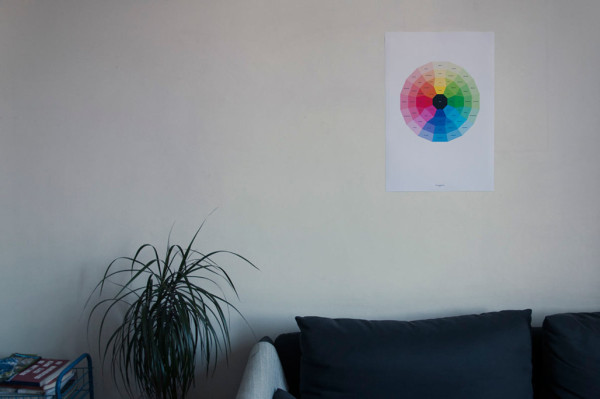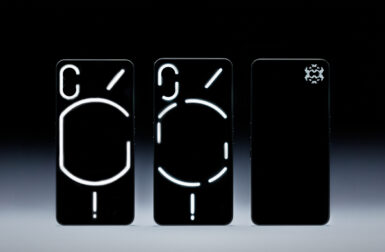Over the course of 300 days, Portuguese designer Giestas recorded his emotions on the hour and documented them in a series of three, color-coded diaries called Soft Cover Emotions. Using several psychology models, Giestas displays an emotional journey that all began as a way to deal with anxiety. The repetitive nature of the recording process brought up other issues along the way, all of which are seen in the finished product.
The first volume goes through the variety of emotions a person feels on a single day. The second volume delves into how the emotions we feel aren’t always the ones we express. And lastly, the third volume looks at expectations, reality, and memories – what we anticipate feeling, what we actually feel, and what we can recall of it after the fact.
Each diary records 100 days, totaling 300 days in the series.
Every hour, one of 56 emotions was recorded on the diagram.
The emotions were then laid out, 12 per page, each representing a period of 24 hours.
Sleep was represented in black.
The second volume mixes things up – each page is divided into two, where the bottom half displays the emotions felt and the top half displays the emotions expressed.
If there was a discrepancy in those, a split line was created in the middle of the page.
The third volume looks at expectation and memory. The top third shows expected emotions for the day 24 hours later, the middle displays the emotions felt in the present moment, and the bottom third displays the emotions recalled 24 hours later. White displays the emotions that couldn’t be predicted or recalled.
A 60x40cm (24x16in) reproduction of the emotional diagram as a poster.


